How It's Made
Say Hello to Phillip Chagoya, Content Strategy Manager
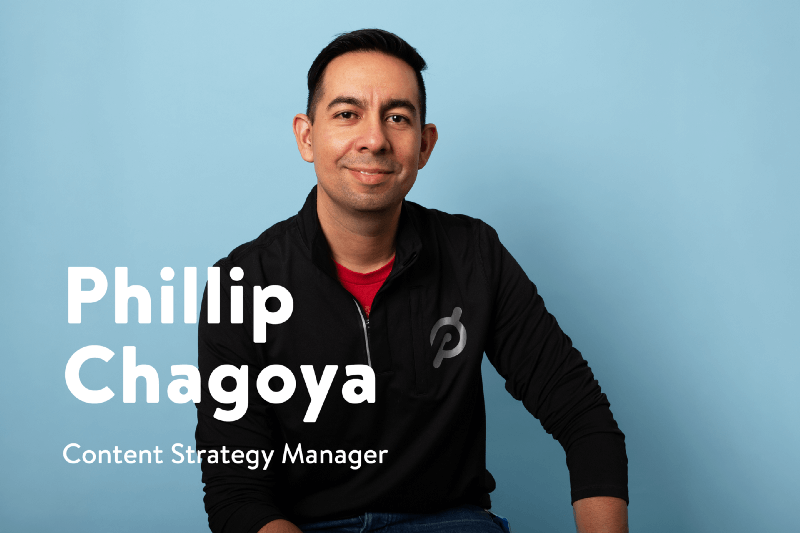
What do you do?
I lead copy for Instacart across the Marketing and Product teams. Because we’re a growing brand, it’s really important that the messages in our apps, ads, emails, and every other audience touchpoint are clear, consistent, and sound like they’re all coming from Instacart.
How did you get into copywriting?
In the third grade, I read Stephen King’s Pet Sematary. At the time, I wanted to be just like him. Over the years, the desire to write took on various forms: Novelist, journalist, but finally, marketing writing for tech companies.
I had no idea how one “becomes a writer,” but a great high school teacher of mine told me that if I wanted to write, I should major in something like history, so I’d have something to write about. I took that advice and studied religion and philosophy for 6 years.
My first real office job was as a website copyeditor. I had no portfolio or experience, so I showed up with two seminar papers I wrote in grad school. Luckily, the hiring manager was also a former academic, so he gave me the job.
I also had supportive managers and coworkers along the way. As I transitioned to the writing side, I just asked for the chance, worked hard on craft, and kept delivering. Even when I didn’t have a portfolio, a creative director at Apple gave me the advice to write fake ads just to show that I could write. I did — and I liked them so much I still use those samples when I interview for a job.
No one goes to school to learn how to work at a startup or a tech company, so I’ve always had to repackage my writing skills to show others I was right for the job.
What makes everything worth it?
It’s always great to see how your work contributes to a company’s growth. At Instacart, and some other places I’ve worked, you can get a brief, work fast, and see immediate results. It’s a bit surreal when something you wrote in the morning goes out to millions of people during the day and in turn grows the business.
But more than that, I get to make a living as a writer. I didn’t become Stephen King, but I get to do what I love every day around great people.
What’s the greatest piece of career advice you’ve ever received?
Always say “yes.” This is something a close colleague and I often talk about, which is inspired by the HBO documentary The Defiant Ones. If you haven’t seen it, it tells the life stories of Dr. Dre and Jimmy Iovine, and their unlikely paths of growing up poor, breaking into the music business, and ultimately selling Beats to Apple for $3 billion.
There’s one story in there about Jimmy Iovine that I love. He’s 21 years old and working essentially as an intern at a recording studio. One Sunday morning, his boss tells him that he needs his help immediately. Without question, he springs up and gets to the studio (despite disappointing his mom that he’s missing church). When he gets there, his manager is waiting with John Lennon. Because of his dedication, he’s promoted to assistant engineer — and eventually produces John Lennon’s next album.
He could have easily said no and stayed home, but he said yes, he hustled, and that type of work ethic led to an incredible amount of success.
So when someone asks for help or there’s an opportunity that no one else volunteers for, even if it’s a little scary, say “yes.”
What advice would you give to a copywriter just starting out?
Remember that your role is critical. It’s as important as the engineers building the product and the designers charting out the user journey — and the skill it takes is just as rarified. Sometimes, you’ll be in a room with someone who wants the copy to say something like “verify functionality,” and you’re the only one who will say, “maybe we should say ‘make sure it works.’” That’s the right thing to do. Speak up.
You’re the gatekeeper of quality and can make all the difference between people screenshotting and sharing your work because it makes them smile — or screenshotting and rage tweeting because the copy sounds insensitive.
Everyone can type, but not everyone can write. A copywriter is a wordsmith who’s also a strategist. We take ambiguous requests in fast-paced environments and deliver. We take what’s complex and make it simple. We have unforgiving character limits and localization requests that require lines to work for 50+ languages all at once. We need to make copy work across multiple channels and capture attention in .02 seconds. And on top of all of that, it has to be really good.
What we do is so much more than writing. You shouldn’t ever be shy about letting others know that.
Where do you find inspiration?
Strangely, Twitter. There’s a ton of odd, quirky accounts that make me laugh or think with an incredibly limited character count. The cool thing about my job is that I get to keep up with what’s cool, so I always try to discover new music and movies. If I can make recommendations, I really like two documentaries, De Palma and Jodorowsky’s Dune — both are great examples of people chasing their creative dreams and forging ahead despite the setbacks that always pop up.
And most importantly, my wife and children. I get up and work hard every day just for them.
Working on various projects at Instacart, which one was the most challenging and exciting for you?
When I joined, there was a huge project in front of our team: Creating consistency in our language and building a process to support and scale it. It’s something a lot of companies talk about doing, but often don’t prioritize getting there. Instacart is serious and thoughtful about how copy can create a better experience for all our audiences. In the Bay Area, where we’re so data driven, there are few companies who really appreciate how art and humanity complement the technology.
Where did you grow up and what made it special?
I grew up in Fresno, California. What made it special is my family — I have loving parents who have always supported me, even when I chose a college major that wasn’t known for being very lucrative, and two older sisters who also took care of me. Fresno isn’t exactly cosmopolitan, so I was an introverted bookworm who really looked forward to leaving for college.
What was the first thing you ever wrote?
I wrote an original, Christmas-themed story for my 5th grade class. I took trying to be Stephen King a little too far. The subject matter was very graphic. I got an F and the principal had a talk with me. It was a moment where being reprimanded could have discouraged me, but I’m stubborn.
What is something you’re most proud of in your life/career?
I’ve worked at some awesome, world-class companies and learned from great people. There’s a lot of things I’m proud of workwise, but in the end, it’s just work.
The thing I’m most proud of is my family. I’ve been married for 12 years and my wife and I have two incredibly bright, sweet daughters. When I get to my last day on Earth, I’d rather be remembered as a good husband and father.
What role does food play in your life?
I love all kinds of food, but for the past 10 years, I’ve looked at it as a way to stay in shape and keep my energy up for my job and kids. So aside from trying to eat as many veggies as possible, coffee is my constant companion.
Come build with Phillip.
If you’re excited about defining the future of a one trillion dollar industry, building an ad-serving network for groceries, scaling the world’s most extensive grocery catalog, perfecting a real-time on-demand logistics chain, all while simultaneously designing the future of food for millions of people, you should take a look at the available opportunities or reach out to someone from the team.

Most Recent in How It's Made
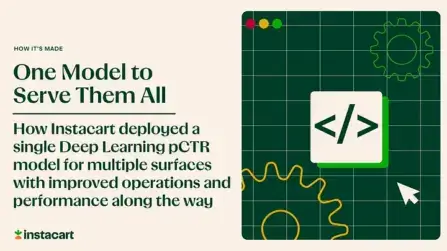
How It's Made
One Model to Serve Them All: How Instacart deployed a single Deep Learning pCTR model for multiple surfaces with improved operations and performance along the way
Authors: Cheng Jia, Peng Qi, Joseph Haraldson, Adway Dhillon, Qiao Jiang, Sharath Rao Introduction Instacart Ads and Ranking Models At Instacart Ads, our focus lies in delivering the utmost relevance in advertisements to our customers, facilitating novel product discovery and enhancing…...
Dec 19, 2023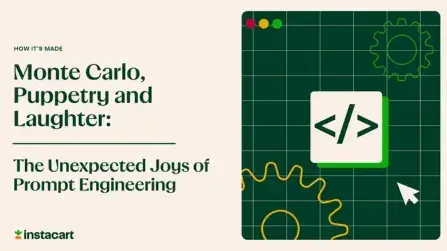
How It's Made
Monte Carlo, Puppetry and Laughter: The Unexpected Joys of Prompt Engineering
Author: Ben Bader The universe of the current Large Language Models (LLMs) engineering is electrifying, to say the least. The industry has been on fire with change since the launch of ChatGPT in November of…...
Dec 19, 2023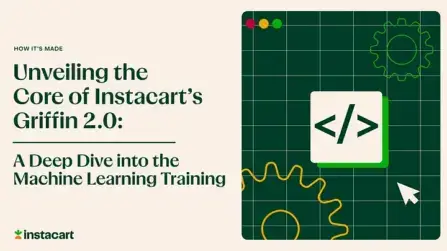
How It's Made
Unveiling the Core of Instacart’s Griffin 2.0: A Deep Dive into the Machine Learning Training Platform
Authors: Han Li, Sahil Khanna, Jocelyn De La Rosa, Moping Dou, Sharad Gupta, Chenyang Yu and Rajpal Paryani Background About a year ago, we introduced the first version of Griffin, Instacart’s first ML Platform, detailing its development and support for end-to-end ML in…...
Nov 22, 2023

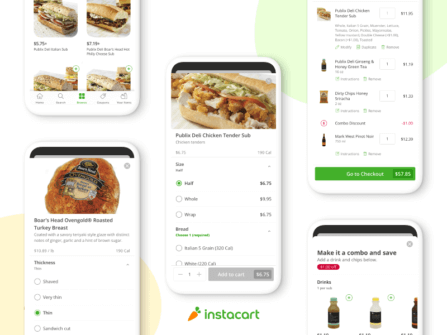 Building Instacart Meals
Building Instacart Meals 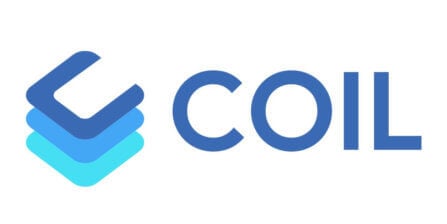 Introducing Coil: Kotlin-first Image Loading on Android
Introducing Coil: Kotlin-first Image Loading on Android  7 steps to get started with large-scale labeling
7 steps to get started with large-scale labeling 
